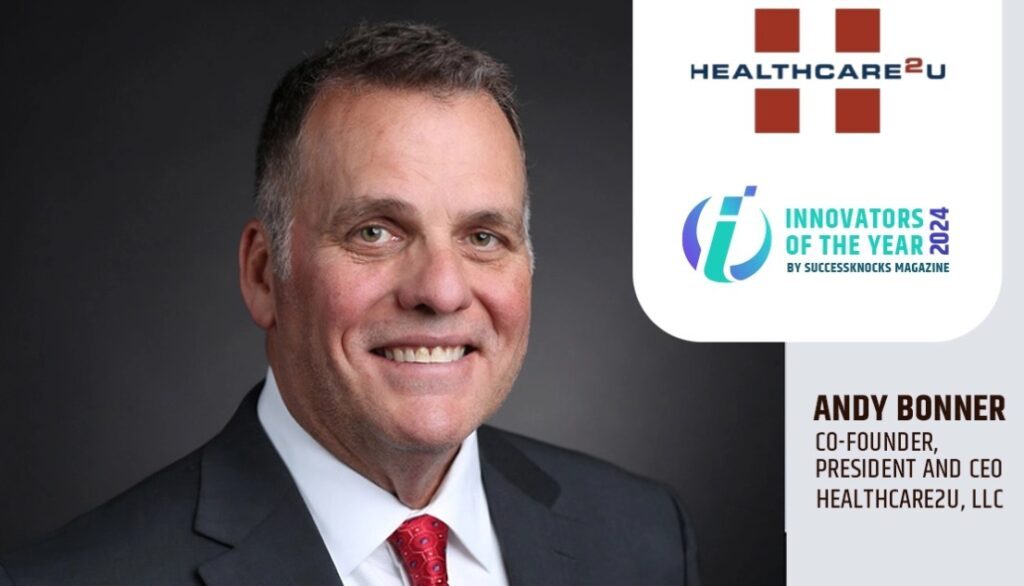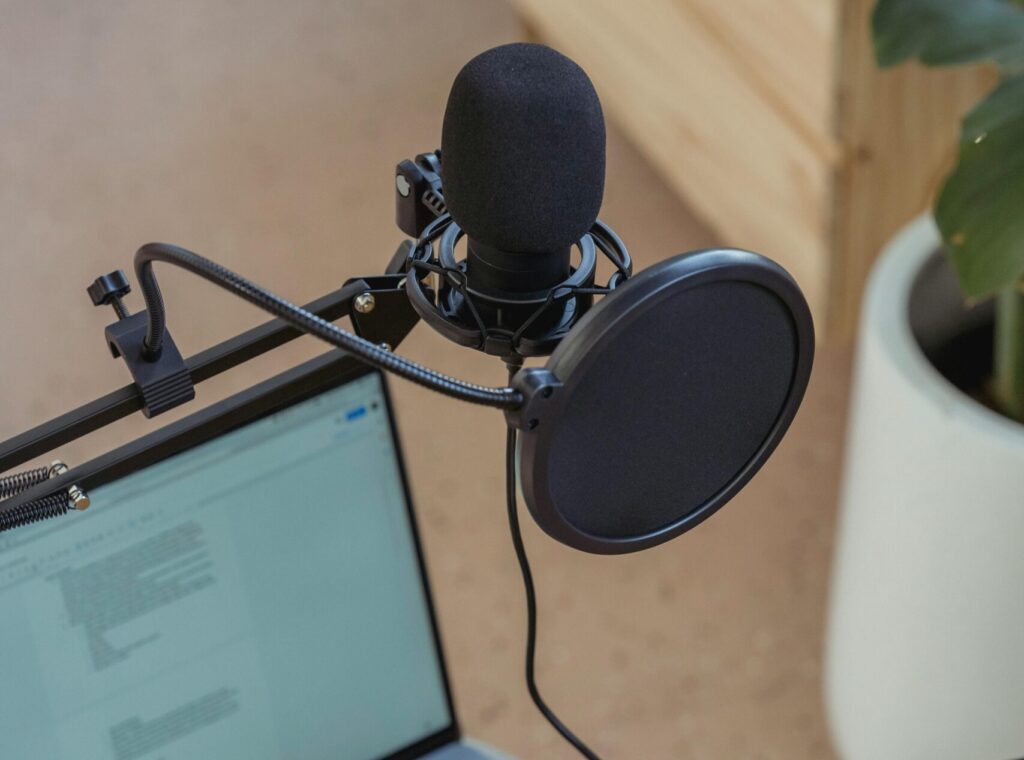As the world adjusts to an inefficient and overpriced healthcare system coupled with an unstable economy, the healthcare industry is shifting from fee-for-service and reactive care. Providers seek to stay ahead of chronic diseases, prevent costly acute events, and mitigate the deterioration of patients’ health in the most effective ways. Unfortunately, shortages of qualified personnel, as well as skyrocketing costs, sometimes make this difficult. Artificial intelligence (AI) is being used to bridge the gap between the limitations of medical providers and the patients’ needs. AI is also helping physicians be proactive and predictive. This technology is changing the landscape of healthcare by assisting doctors in diagnosing patients faster, monitoring patients’ health through wearable devices, and preventing the spread of infectious diseases.
Diagnosing Patients Faster
Artificial intelligence is easing the administrative workload by creating better interfaces between doctors and patient data, but it also helps providers diagnose patients faster. A significant trend in medicine is using AI in medical diagnosis to detect cancer. A recent study in the Journal of the National Cancer Institute reported that the AI system has a breast cancer detection accuracy comparable to an average breast radiologist.
Google says its latest research proves that a neural network can be trained to detect lung cancer symptoms earlier and faster than trained radiologists. AI-driven software can also accurately identify indicators of certain diseases in medical images such as MRIs, X-rays, and CT scans.
Having this technology at their disposal can allow doctors to diagnose and make treatment recommendations faster and more accurately. This ability fosters a better patient experience and, hopefully, a better relationship with their provider.
Monitoring Health Through Wearable Devices
From smartphone apps to Fitbits, several wearable devices enable people to track vital health data such as heart rate and physical activity. AI is being used to improve people’s health and well-being by helping them monitor weight goals and track fitness levels.
It also has particularly essential applications for the elderly population. Thirty to 60 percent of older adults fall each year, with 10 to 20 percent of those falls leading to injury, hospitalization, or death. Wearable fall detection devices can help the elderly receive the proper care in the event of a fall. These devices can be lifesaving if someone is unable to call for help.
As technology continues to evolve, and patients choose to share their health data with doctors, more wearable technology applications will be designed to prevent diseases and maintain health.
Preventing the Spread of Infectious Disease
Since the first case of COVID-19 was recorded in Wuhan, China, epidemiologists have used a significant component of AI, machine learning, to track and prevent the spread. This technology has not only helped them understand more about the virus but also saved lives.
Machine learning is when a computer takes massive amounts of data and learns to detect patterns. This intelligence enables predictive analytics –the ability to predict future outcomes as well as reveal other insights about the data.
One such example is how organizations might be able to predict the number of deaths from COVID-19 for a specific gender over the age of 60. Countries worldwide used these predictive models to implement shelter-in-place and other strategies to prevent the spread of the virus.
For example, during the COVID-19 crisis, the city of Wuhan implemented AI to detect people with fever in large crowds with smart glasses worn by security guards. Bus and train stations also employed surveillance technology to check large groups of people without making contact. Although controversial, officials were able to safely and quickly identify people at risk of spreading the disease, which they wouldn’t have been able to do without using this form of technology.
As we move forward, innovators predict that current AI solutions in medical diagnosis, treatment recommendation, and infectious disease control will improve, and its applications in the field of medicine will continue to advance for years to come.







